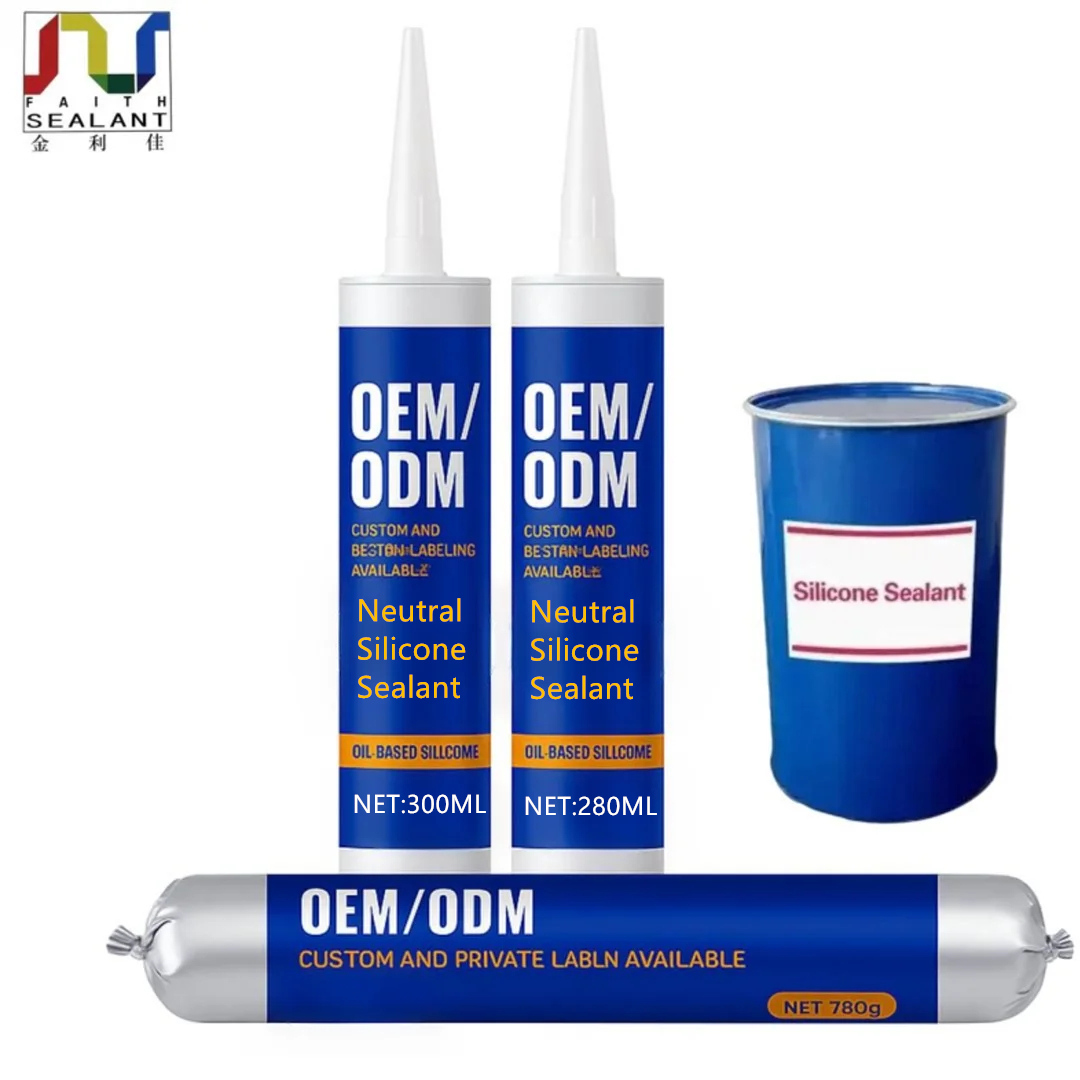PROPERTIES
- Single-component, neutral-curing silicone sealant
- Room temperature curing with excellent thixotropy
- Non-irritating odor
- Adheres compatibly to glass, metals, and diverse substrates
- Cures into elastic sealant maintaining flexibility from -30°C to +120°C
- Weather-resistant: unaffected by rain, snow, or prolonged UV exposure
PRIMARY USES
✓ Sealing & bonding automotive interiors/exteriors
✓ Sealing joints for:
• Coated/mirror-film glass
• Anodized aluminum, aluminum composite panels
• Tiles, masonry, concrete, galvanized steel
APPLICATION METHOD
1️⃣ Surface Preparation
- Clean substrates: Remove moisture, dust, oil
- Consult technicians for special materials
2️⃣ Applying Sealant
- Mask joints with tape → Cut nozzle tip → Load into manual/pneumatic gun
- Apply even continuous bead → Smooth immediately → Remove tape
- Optimal conditions: 20–30°C / 50–70% RH (Low temp/humidity slows curing)
3️⃣ Curing Management
- Do not disturb before surface skin forms
4️⃣ Post-Use Handling
- Seal partially used cartridges → Remove cured film before reuse
SAFETY PRECAUTIONS
⚠️ Mandatory Compatibility/adhesion testing required
✖️ Do NOT use on: Oily surfaces | Frosted/damp substrates | Temperatures <4°C or >40°C
✖️ NEVER apply to food/drinking water contact surfaces
☣️ Store away from children → Cool, ventilated, shaded location
🛡️ Avoid direct contact with eyes/skin → If contact occurs:
Skin/clothing: Wipe with soapy cloth → Rinse with water
Eyes: Flush with water + SEEK MEDICAL AID
SHELF LIFE
12 months when stored in cool (8–25°C), dry conditions
COMPLIANCE STATEMENT
"Users must verify product suitability for specific applications. The manufacturer assumes no liability for consequential damages."

